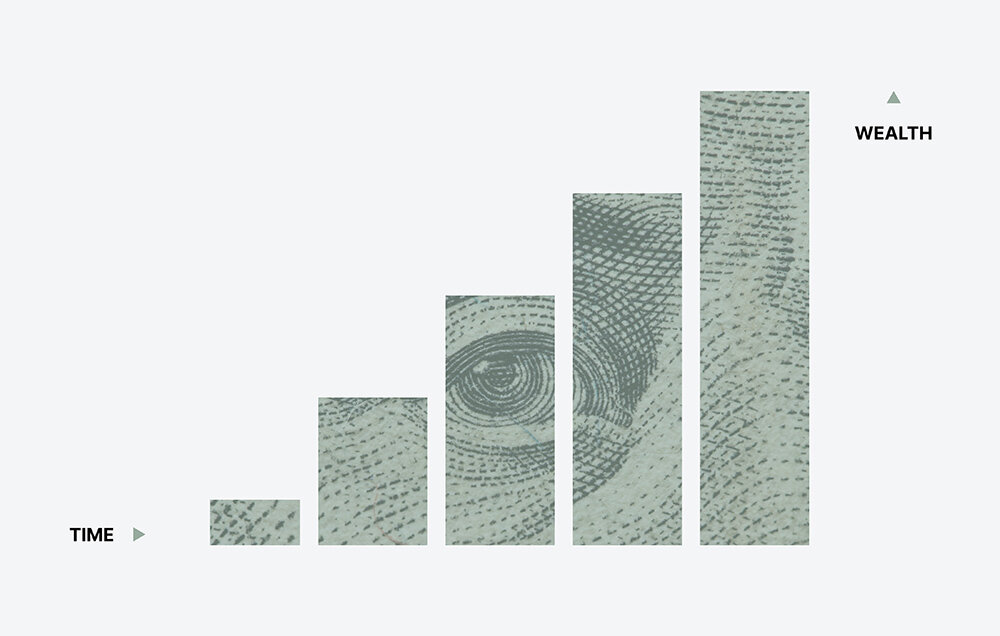The most important factor in investment is time
“Time brings all this to pass”
– Aeschylus
The world of finance is very good at creating theories and overly complicating what should be relatively simple.
Valuation analysis, portfolio theory and efficient market hypothesis are three core finance and market theories that are in essence mathematical concepts that have filtered their way into the core syllabus of most finance courses.
“Look, we can now calculate the exact valuation of what a company should be, or the exact portfolio you should own so you never lose!”
But in essence what they have done is now determined a way to be precisely wrong instead of somewhat correct.
Time changes the way portfolios should be structured
One of the simplest, yet often most overlooked factors in choosing any investment is time. Time changes the way portfolios should be set-up to drive to a certain result and most of important of all, those portfolios should be constructed very differently if the time horizon is short, medium or long.
Too many times I see advisers classify someone as a ‘Balanced’ investor and lazily recommend all their funds into some sort of ‘Balanced’ or 60:40 Equities to Bonds fund. This path has no consideration of the person’s underlying circumstances, needs, wants or anything else. It’s lazy and it’s wrong and ultimately the client pays the price by losing out on potential long-term growth.
Splitting your investment portfolios into time-based portfolios and linking those to particular goals in your life not only makes sense from a personal point of view – it’s your money so your plan should be designed for you – but also from a total return point of view.
Consider this, you have two different portfolios – a ‘low-risk’ (I hate that label as it misuses the definition of risk) portfolio which has a long-term average return of ~4.5% but also has potentially extreme moves to +/- 15% in any one year. You also have a ‘higher-risk’ (again not the correct label, but its an industry definition) with a long-term average return of ~7% and can have extremes of +/- 40% in any one year.
Having the higher returns sounds great, but not if you have a short timeframe. You may end up suffering one of the extreme -40% years and then if you need to withdraw your funds at that point, then you really have lost. However if you use the lower-risk portfolio for that short period, you still may end up losing slightly, but it certainly won’t be anywhere near as much.
The same goes for the other way around. If you don’t need to access these funds for 25-30 years, the overall ‘loss’ of staying safe is potentially very large.
If you invest £10,000 for 25 years at an average return of 4.5% annually, you will end up with just over £30,000 – not bad.
However, if your return averages at 7% per year, then the figure is just over £54,000 – much better.
The occasional down year is to be expected in long-term investing – in fact, it’s necessary.
For the long-term returns, it doesn’t matter if you have any extreme down years. As it’s long-term money, it can and always will recover as long as you’re invested in funds that are still in existence (not like Mr Woodford), plus you will sometimes get the extreme up years as well.
This is another reason why we like passive index funds for long-term investing like this. You get the benefit of lower costs, plus the index will continue to rebalance and throw out the worst performers whilst adding in the faster growing companies – all without you needing to do a thing.
Having your investments designed to match different time horizons requires deep thought and planning. Do you have time to do it?
Adam Walkom


